Human Design Deep Dive with Jamie Palmer – Embracing the depth and nuance of Human Design
In this HD Your Biz podcast episode, host Jamie Palmer discusses her unique approach to human design (HD). She emphasizes the importance of looking at the whole chart and remembering that the parts in human design don’t exist without the whole. Jamie discusses the challenges in the HD Industry with most by design offers that focus on type and profile, which she believes misses the depth and nuance of human design.
Jamie shares her journey of discovering human design and how it helped her in her business and personal life. She believes in the power of integrating human design into existing expertise to create a unique category in one’s industry. She also values practicing what one preaches, focusing on one course until successful, and investing in high-quality resources and programs that can be loved for life and each time you come back to it creates an new aha or revelations and sparks joy, understanding and flow.
Deep Dive with Human Design Timestamps:
Timestamps:
00:00 Can’t Unsee Human Design
06:01 Using human design to align business strategies.
07:35 Create business and life at intersection of design, desires, lifestyle.
11:10 Recognizing patterns in human design across industries.
16:16 Howard Gardener 5 Minds For The Future: My superpowers creative and synthesizing minds
18:52 Human design synthesis reveals marketplace behavior patterns.
21:49 Understanding the whole self and seeking mastery.
27:29 Use HD as tool to revolutionize businesses.
29:32 Opportunities in certification, books, TV shows, values.
31:49 Focus on Regenerative & Sustainable Business & Master over time
35:07 HD Wild Program offering human design education and support. HD Wild Open House Replay
*********** Transcription Below *************
Jamie Palmer [00:00:02]:
Hello. Hello. Hello, and welcome to the HD Your Biz podcast. I am your host, Jamie Palmer. And, today, I am really excited to dive into my approach to human design. This is not something that I’ve necessarily talked about a lot publicly. I very openly share it inside necessarily a place where I’ve I’ve spent a lot of time talking about it online. And the time just feels right to really speak to my approach to human design and why my approach is different.
Jamie Palmer [00:00:57]:
And the reality is there’s not a lot, if any, other people to my knowledge that are looking at human design with the rigor and the logic and the patterns and the practical application. And so let’s dive into this because I think this is kind of, like, an interesting thing to talk about. So first of all, for those of you who don’t know, if you’re new to the show or you’ve been around for a minute, I have been in business for myself since I was 20. My business started as a website design firm. I was doing WordPress websites before they were cool. And then in the emergence of social media, I added in done for you social media, and then I transitioned fully into the online space from mostly local, and did a lot of, you know, funnels and website design and and all that sort of stuff and and agency work, and I grew the company. And, I’ve been supporting entrepreneurs for almost 21 years in some form or another. And I stumbled upon human design or human design found me, on Instagram of all places in 2019, and I was at a place in 2019 where I was just kinda going through the motions of life.
Jamie Palmer [00:02:22]:
At that time, I had been running the business for probably about 6 years ago now, so 14 or 15 years. And, I was really unhappy, and I was I knew that I really didn’t wanna continue that work, but I didn’t really know what was next. And I was doing a group coaching program, business ecosystem builders, and I had been doing that for a while, and I was enjoying that. But I still had the agency, and I had people that I was responsible for in the agency. So I had this, like, coaching, you know, elearning part of my business, and then I had this agency part of my business. And I honestly felt like there I was always, like, wasn’t doing anything well. Like, I wasn’t momming well. I wasn’t doing my agency well.
Jamie Palmer [00:03:19]:
I wasn’t doing my, coaching stuff well. And the reality is I felt, like, really fractured and splintered and really divided because, like, I was always constantly being pulled in all of these directions. And I stumbled upon ins human design on Instagram, and it was this post about emotional authority and that those with emotional authority will only ever have 80% certainty that the thing that they are making a decision on is correct for them. And I was like, wonder what this human design thing is. And sure enough, I, you know, looked up my design, and I’m a 3 5 triple split emotional authority projector. And sure enough, there it was right there in front of me. I was like, I’ve had 80% knowing for the better part of the year that I don’t wanna keep doing my agency. And that was, like, such a light bulb moment for me.
Jamie Palmer [00:04:28]:
And I was like, how could this tool that doesn’t know me at all actually, like, be able to know that that’s the thing that I’ve been struggling with? So I couldn’t unsee what I saw, and I just started to dig in. I took training programs. I hired a mentor. I bought all the books and all the things and all the source material and all the stuff, and I just dove in. And as time went on, I phased out of my my agency, and I continued to do coaching in my business ecosystem builders program, which is now a lot of the the business strategic foundation that I’ve woven with human design in in my business today. And the reality is as I started to leverage human design for myself, with my children, with my husband, with my clients, I I didn’t come from a background of astrology or really anything that is, air quotes, very woo. Like, I didn’t come from this place of really, like, I was very, like, logical. Right? I had come from this background of, like, being in business, helping entrepreneurs with their website and their social media for decades.
Jamie Palmer [00:06:01]:
And so when I when I came to human design, I started to just look for parts of the chart where I would notice that clients were struggling, or I would say, like, okay. I have a client here that’s struggling with attracting their ideal client. Where in the chart could we leverage that to better help them bring people to them? You know, same thing for, like, offers. I was like, that was one of the first things I really dove into was offers and business models. I had several clients at the time that were and this is, like, a lot of the work that I was doing at the time in the business ecosystem builders program and with my 1 on 1 clients was to help them go from 1 to 1 coaching, right, or their one to one expertise to a leverage model, a one to many model. And so I started looking at patterns that I would see across charts, or I would start to look at, you know, okay. If this is the problem that the client is struggling with, where in the chart can we leverage to solve for that problem, or how could we restructure things based on someone’s chart to make that work in a more congruent for them way? And the reality is I don’t believe that we can actually fit our human design into our businesses. I believe we have to structure the entirety of of our business around our design.
Jamie Palmer [00:07:35]:
And I always say, like, the business that the business and life you love is at the intersection of your design, your desires, and the lifestyle that you want. And I think a lot of times when people say, go look at your conscious mastery to see how you communicate, or go look at x to see what kinda offers you do, I think it’s kinda twofold there. I think we miss the point of human design in terms of the fact that the parts don’t exist without the whole. But I think more importantly, we are still in sort of that old paradigm or that old belief where we’re trying to shrink ourselves and our design to to contort to whatever, you know, business box we’ve created for ourselves. And and I’m not suggesting that you need to, like, burn in the entirety of your business down and and restart. Like, there’s a lot of ways in with which I work with students where we transition and we pivot and we start to, like, make changes slowly over time, to create, like, that regenerative, sustainable business that is built around someone’s design. But the reality is I didn’t come from this thinking of, like, you had to use this to articulate that, and so I just constantly tried to solve in the very beginning, I was just trying to solve for the the the problem that the clients are were having. Then I I started doing this, business design with human design workshop, which has now become the business design with human design course, and I was, like, looking for patterns.
Jamie Palmer [00:09:20]:
Right? And I started to synthesize together these patterns of where, like, certain things I would notice if somebody had, you know, a certain type or a profile or a certain set of circuitry or a certain set of perspective. Like, it would work better for certain business models than others. And I just kept kind of following the data. Right? And and as I got more and more and more charts, I was able to synthesize and see more and more and more patterns across all of these things. As always, I just wanna name because I’m the caveat queen here. You know, just because it works for one person doesn’t mean it’s gonna work for another. Right? Like, strategy and authority is a big thing that I talk about over and over and over again. Like, I can make recommendations for you where I see patterns, where I see things that might pop up.
Jamie Palmer [00:10:19]:
But the reality is you, at the end of the day, are the one who has the desires. You are the one who has to live it out. You are the one who is working towards x sort of lifestyle. And so I really like to kinda give people options of, like, here’s what I see works best based on all of these different factors. And the reality is, I think, you know, that approach has served me well in my HD Urbiz program and my BDHT program. It served me well in HD wild. You know, we because I’ve trained over 60 people now in HD wild in sort of my approach to human design. You know, we’ve started as a collective, as a group to see patterns across things, and, you know, this is not medical advice.
Jamie Palmer [00:11:10]:
I am not a medical professional, but we collectively, as a group, have started to see, you know, trends in things, like folks with the 41 30 who are diagnosed bipolar, folks with gate 9 who are diagnosed ADD, ADHD. We’re starting to see all these themes and patterns emerge across all of these different industries. Right? And I think that for me is really where I’ve kind of looked at human design with this different lens of, like, the parts don’t exist without the whole. Where are we seeing patterns across all of these things? My husband calls this palmering because I’ve been doing this for, like my approach to thinking like this has has kind of just been how my brain works. I am constantly sort of focusing in on the parts and the details and that 1,000 foot view, and then I’m constantly kind of, you know, zooming out and looking at that 30,000 foot foot human. And I’m, like, always kind of oscillating between those two things, and I really think that there are not to my knowledge, I don’t think anybody else is really looking at HD in this way. And, you know, I think a problem in the industry, the human design industry as a whole, is that so many people are only looking to type in profile. And I really think that that’s, like, a a problem in the current market.
Jamie Palmer [00:12:42]:
And I think, you know, for me, the beauty of human design is that there is all this depth there. There is all this nuance. There is all this stuff underneath the iceberg of type and profile that we can look at and we can dig into and we can use to better understand people. But the reality is it takes time to learn that. Right? It takes time to master that. It takes time to integrate it, embody it. And, you know, there’s a lot of people who see, you know, human design is growing in popularity. So let me jump on that bag bandwagon, and let me, like, make money on this thing while I can.
Jamie Palmer [00:13:18]:
And that’s true for every industry. It’s not just exclusive to to human design, but I think part of the problem is so many people just focus on type and profile. And I think when we only focus on type and profile or type profile and authority, right, strategy and authority, we kinda miss the whole point and beauty and nuance and depth of human design. Like, if you’re only gonna look at type and profile, go take a strength finder test. Go take a DISC. Go take an Enneagram. Go take a whatever because you’re missing so much nuance there. And, you know, we see so many blank by design offers in the space that are popping up, and I really think that the blank by design approach, especially when we only look at type and profile, misses all the beauty and depth and validation and understanding of what HD actually is.
Jamie Palmer [00:14:16]:
And for me, personally, you know, I am really committed to setting the standard of what it means to be HD informed. And, you know, that’s this is this is part of the reason why, you know, I’m on a mission to help people better understand all the depth that’s available. And the reality is we can’t just know human design. We can’t just learn about. We can’t just educate ourselves. We have to take that knowledge, and we have to integrate it into our body. And we have to actually embody it, and we have to practice what we preach, and we have to actually take it to the next level. We have to take it from this very, like, up in the air knowing to this in the body experience.
Jamie Palmer [00:15:07]:
And I think a lot of people are in that knowing phase, and they don’t actually leverage and harness and and integrate HD. And, you know, this is why we have so many I I have so I get so many messages from other people who are in the HD space or the HD in business space that come to me, and they’re like, they’re struggling. Right? They’re struggling because they’re they’re trying to fit their design into existing business model. They’re trying to do the way the things the way that they should or the way that the industry tells them that they should do it. And the reality is, you know, we can’t just only look at type and profile. It misses kinda like I said, it misses the mark of of that depth that’s available there. And I think, you know, one of my favorite books is Howard Gardner’s 5 Minds for the Future. And part of the reason why I like that book is it really talks about how the different minds that we need to be successful, as we move forward into the future.
Jamie Palmer [00:16:16]:
And the 5 minds that are that he talks about in that book are the ethical mind, the respectful mind, the disciplined mind, the creative mind, and the synthesizing mind. And I would say that my superpowers are the creative mind and the synthesizing mind. I am someone who, if I don’t get my creative and synthesizing time, I feel incredibly frustrated. And the reality is my synthesizing and my creative time allows me that ability to really oscillate between that 30,000 foot view and that 1,000 foot human, and it gives me this sort of innate ability to notice and observe all these things that are coming up across all these different parts of the chart, and it really and I’ve always been able to do this, like spotting trends and noticing patterns and naming things that might come up and, you know, noticing what’s what’s missing out in the marketplace. And and, you know, that that’s these are all parts of my design as well. And for those who know HD, you know, you’re hearing my perspective. You’re hearing my 17, 62, 16. You’re hearing my gate my 5 gate 9 placements.
Jamie Palmer [00:17:34]:
Like, all of that stuff is all part of my design. But the reality is when I make a synthesis, when I weave together information, when I use my creativity to, you know, make a visual or make human design more practical, it’s coming from this place where it’s been tried and tested and experimented with it. And I don’t think, to my knowledge, that there’s been very many people approaching HD with this rigor. You know? I have my ideal client workshop that I’ve run, and I think there’s been 3 or 400 students at this point that have gone through that program. And the synthesis that I have in that program comes from the fact that, statistically speaking, I have this massive anomaly in my business of undefined and undefined throats. Now there’s a few caveats to that. Right? Like, I get a lot of other projectors who may have a defined Ajna in throat. But when we looked at the data, right, 73% of the population has a defined throat.
Jamie Palmer [00:18:52]:
Well, in my group, it’s backwards. Right? Almost 70% of the the people in my programs have had an undefined throat or an in my in the beta run of HD Urbiz and HDWild, we had 90% of the people in HD Urbiz beta, and we had 67 folks in that program, and we had 13 in the HD Wild beta program. 90% of those people had And that’s just crazy because it’s almost a 47, 53 split when we think about the the marketplace, the population. Right? And so I come from human design synthesis and patterns. And when I say the things that I say and I share the things that I share and I talk about the things that I talk about, it comes from this place of, like, a pattern that I’ve spotted, and then I’ve experimented with said pattern, and I have the data to back it up. And the reality is I’m constantly forever looking for and observing these patterns, and then I go and I’ll actually test it because I think sometimes we can be conditioned to behave in a certain way or, you know, whatever. But but when I think about, like, the ideal client design with human design synthesis or the work I do in in any of my programs, really, it’s coming from this place of that there’s a a pattern here. There’s this there’s something here that we can work with.
Jamie Palmer [00:20:27]:
Right? I worked with a client couple of years ago to do some work with her in her content creation or done for you, course creation agency. And I helped her create this manual, and she was really struggling with getting clients to record the class, or the course that her her and her team had made it made. And we made this manual, and we we basically created she did a lot of the work in terms of creating the systems in her business, but I created the manual that was all designed around how can we actually get people to finish by design. Like, what do we have to look for in charts? And then we develop systems to support that finishing? And the reality is she never publicly said, oh, I’m gonna coach you by design to finish your course. In fact, she she doesn’t really even do that. She just says she uses this as a tool and asks people to pull their charts and send them over to her. And then her and her team very, like, nicely support people by design for type and profile and circuitry and a couple of other things that we we synthesis together that kept coming up as a problem. And the reality is I I think this is not the typical approach that people take in the HD space.
Jamie Palmer [00:21:49]:
And for me, I am always thinking and and remembering that the parts also don’t exist without the whole. We are whole human beings. And I think when we try to rip apart the chart and we can take it apart and we can study it, But I think when we’re constantly just always looking to one part of the chart to solve all of our problems or to give us an answer, you know, we miss that beauty that comes with human design. To me, it’s like a yes. That piece of that chart could be impacting the rest of the chart, and that piece doesn’t exist without all of that stuff. So why is that coming up? Like, where can we look in the chart? Where else can we look in the chart to figure that out? I think one of the other things that I don’t necessarily talk about too too much that is also important to me is mastery. I am a huge fan of mastery over time. Right? And mastery comes when we we not only know and we educate ourselves, but we integrate, ourselves, but we integrate, we embody, we experiment, we get into action.
Jamie Palmer [00:23:02]:
We work with people. We get our hands dirty. We get into the field of life, and we, you know, get into it with people. Right? And we we we start to be able to witness and observe and hear and feel in our bodies our designs, and we can help people in their get back into their bodies. And the reality is mastery doesn’t happen overnight. It happens over time. It ebbs and it flows, and it comes in peaks and valleys and plateaus, and it comes in, you know, consistent micro steps that happen day in and day out. It comes when we lean into discomfort and taking action.
Jamie Palmer [00:23:51]:
And for me, that is a huge part about why I’ve created and structured the programs that I’ve created. Because, you know, the fact of the matter is we don’t necessarily need more human design readers that can read, type, and profile. We need more human design readers that understand the depth of the chart and how circuitry impacts type and profile. We need more people who understand that definition makes things present in a different way. We need more people who understand the format, gates, and energies and the role, gates, and energies. We need more people who understand that certain gates are more conditioning than others. We need people who understand that there’s going to be generational patterns based on not only what was going on collectively, but also the transits that were happening. You know, I saw a chart yesterday, and I said, it had 3 of the format energies in it.
Jamie Palmer [00:25:02]:
And I was like, I know that chart. Like, my husband has the heart chart just like that. And I was like, is this person 37 years old? And the person was like, how the heck do you know that? And the reality is, you know, that’s the kind of depth that we need. And in my opinion, the the the future of HD for me isn’t necessarily in human design readers. The future for me with HD is really about weaving human design into our existing expertise. It’s in the example like I used with the course creation agency. She’s not overly saying, I use HD to help people finish their course, but that is exactly what she does. You know? There is massive opportunities for people who want to create a blue ocean in their industry, who want to create a category of 1 in their industry by weaving human design with their existing expertise.
Jamie Palmer [00:26:12]:
This is true, like, for me, where I see lots of opportunities here, it’s professional services. There is massive opportunity in professional services for leveraging human design. There is massive opportunity in education and relationships and parenting and, money and finances. There’s massive opportunity in event design, in even real estate. Like, there’s there’s for me, I see so many possible for dating, for, how nutrition and health. Like, the list could go on and on here. And for me, that’s really a big part of what drives me forward in in my HD wild and my HD or biz programs because I really believe, particularly in HD WiL, that if we can have more people who leverage HD as a tool in their business in some form, whether publicly, speaking to it or by the scenes to create behind the scenes to create more predictable outcomes. Right? And that was what my client wanted to do.
Jamie Palmer [00:27:29]:
She wanted to create more predictable outcomes in getting people to finish their stuff. Right? Ultimately, when we can use HD as a tool like this, it can radically change our businesses and our world and our clients’ worlds. And to me, that’s really where I see an HD revolution. Right? That’s where I see the ability to be able to individuate, if you will, or differentiate, not only for yourself, but for your client, your expertise. Right? And, of course, you know, to me, these are the places where, yes, it is a bit of work to weave your existing expertise with human design, and we have to always just be thinking about what is the problem I’m solving for. Right? What are the things that come up most frequently with my clients that I’m I’m struggling with? And then we can use HD as a tool for that. Right? We see lots of people doing this. And I have lots of clients in the program.
Jamie Palmer [00:28:40]:
We have some that are doing this with book writing. We have some that are doing it with yoga. We have others that are doing it with executive coaching. We have some people leveraging it with event planning. We have some people leveraging it with health and reiki and TCM, traditional Chinese medicine. So people are already starting to go down this path, and the reality is when you weave human design into your existing expertise, you create an entirely new category. You’re you’re doing category design because no one else is doing that. Right? You’re you’re creating this category of 1, and it offers massive opportunity for you to position yourself as an industry thought leader and expert.
Jamie Palmer [00:29:32]:
It also opens up opportunities to create certification programs and write books and create TV shows, and it opens up all of these other opportunities as a result. Couple of other things before we wrap. I think the other piece that I really wanna talk about are my values. So for me, practicing what you preach is is probably really one of the most important things to me. I want to be around people who practice what they preach, who lean into taking action. Right? We can only stay in planning and strategy for so long because planning and strategy, while we need that and it’s necessary, until we step out onto the playing field of life or business or whatever it is, we won’t actually get the answers that we’re trying to figure out by planning. We could spend the rest of our lives planning and never really knowing many of the answers to the questions that come up and the what ifs that come up with planning. Right? So for me, practicing what you preach, leaning into this idea of taking micro steps, I also really believe in focusing, following one course till successful.
Jamie Palmer [00:30:53]:
I constantly am asking people, you know, what is the one thing? Right? And this is from the book, The One Thing. What is the one thing that if you move that thing forward, it would move all other things forward? Right? And that, for me, when I started this journey, was my HD Human Design for Business book. Right? I was like, if I write this book, this is gonna move all the other things in my business forward. And it’s true. It has, and it continues to. And so I am constantly asking people to focus on the thing that’s gonna create a domino effect because the reality is we live in a world where we are constantly distracted. We’re constantly our nervous systems are constantly on alert by our phones and the dings and the bells and the whistles and all of that sort of stuff. We get glittery objects syndrome and FOMO, and we should ourselves.
Jamie Palmer [00:31:49]:
I should do this because this is what’s typical. And the reality is that we just give ourselves permission to focus and and just focus on one thing for 1 year and really give that thing everything that we have, you know, it’s it’s amazing the results that people will get. And then, of course, the last thing that I that from a values perspective, and there are a few more, but these are the most important values to me, is I really believe in I would always rather invest the money and buy one high quality piece and be able to love that piece for the rest of my life and have it with me for life than by 10 different things that I constantly need to be replacing. And I really try to create, cultivate, and develop programs that will be with you for life, that you can come back to again and again and again, like a awesome backpack or a beautiful handbag, that you come back and you treasure it. And every time you dive in, you’re met with delight or a new And that, for me is is a huge part of my philosophy and the way in which I develop content and the way in which I teach. I regularly have clients from past cohorts of HD wild beta, HD or biz beta from one of the 12 times I’ve run HD or biz that say I went back to the content and I had this other or I went back to the content and I noticed this. And that is something that happens regularly for me, and I believe it’s because I really do create content that is high quality, that has depth, that’s nuance, that’s layered, that is going to be with you for life, that is going to support you as you grow and evolve and create that that foundation. And as you peel back the layers of conditioning, like, you might hear things in a different way.
Jamie Palmer [00:34:02]:
And that’s something for me that I really pride myself on, and I really work hard to create those resources and that container and the learning platform to support people in that journey. So that’s really how I approach human design a little bit differently than other people. I thought that would be a I thought this would be a great way to kinda kick off season 3 of the podcast because it’s not something that I’ve really talked about, and it is something that I’m going to bring more of to the podcast. And so I thought this would be a great way to preface that. If you do feel called to step into my world, I invite you to come into the HD Wild program. HD Wild is a 1 year human design certification program. This is really where I spend the vast majority of my time supporting students. Students in that program get one to one support with me.
Jamie Palmer [00:35:07]:
I have really tried to make that program the only program that you will need for the entirety of the year because I offer here’s all the human design info. Right? So we educate you in human design, and we give you resources and somatics and ecocentric, practices to integrate for yourself and for your clients. We offer deconditioning support for you through mindset calls, through Voxer access with me, and then we also offer you support in your business based on all of the stuff that I’ve done in HD or biz, BDHD, my business ecosystem builders program, and we offer tech support because I know that’s one of the things that always holds people back. So I really, really try to make that be the only program that you need in order to move your your business forward. This is a place in HDBarewhile where we help you leverage your existing expertise to create that blue ocean in a category of 1 in your industry. And if you’re interested in that program, enrollment is evergreen. And you can check out hdinthewild.com if you wanna learn more about that. We also recently just did an open house, which I’ll make sure I put in the notes if you wanna dive deeper in learning more about that program.
Jamie Palmer [00:36:19]:
Thank you so much for tuning in. I super appreciate you being here. I’m very excited to be back with the podcast, and we’ll see you next time on the HD Your Biz Show.
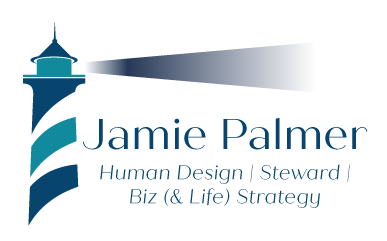
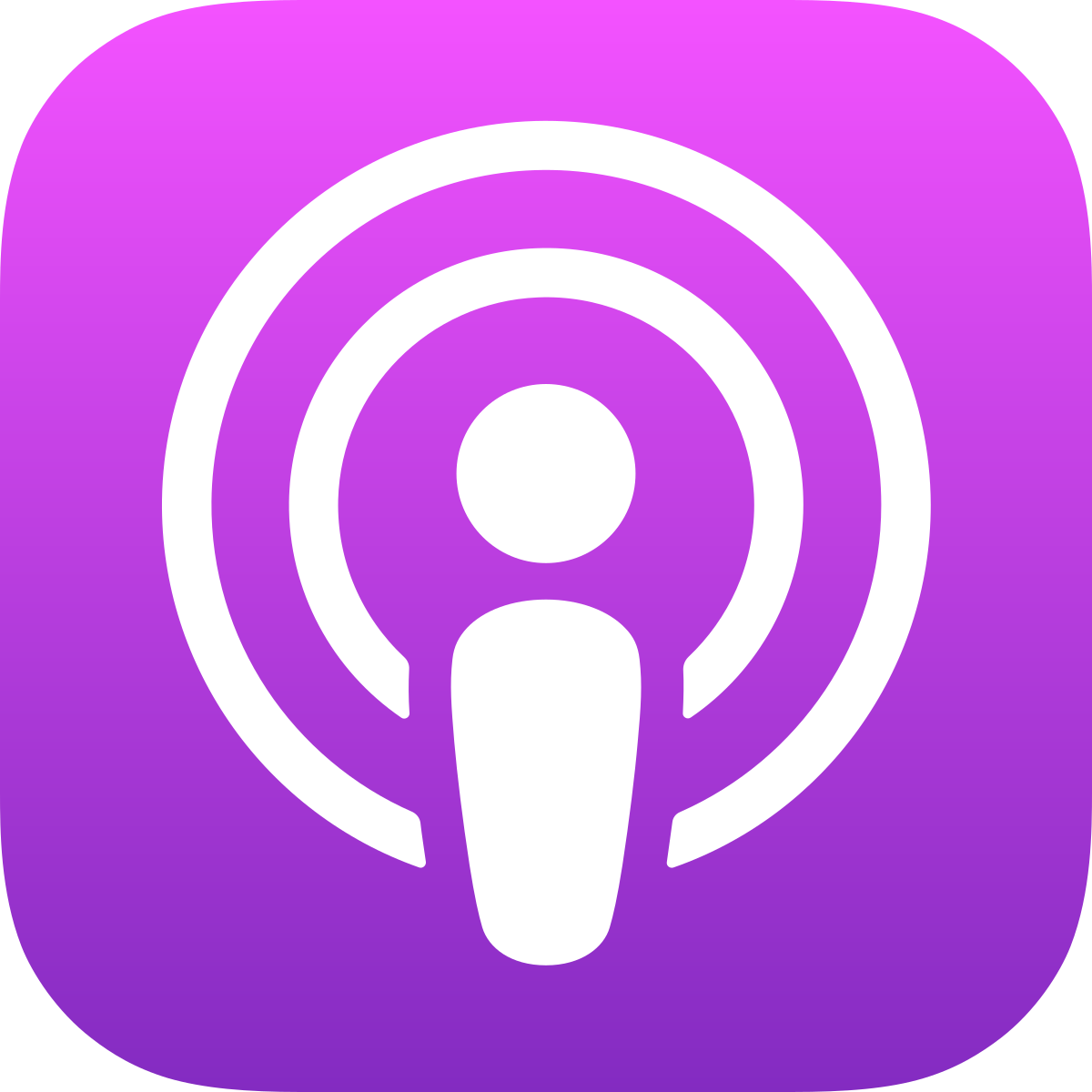



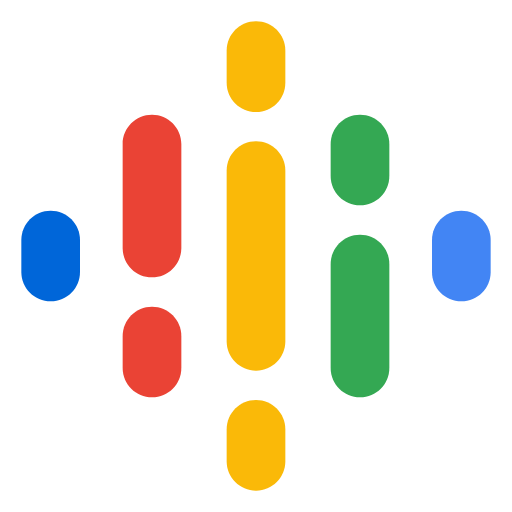



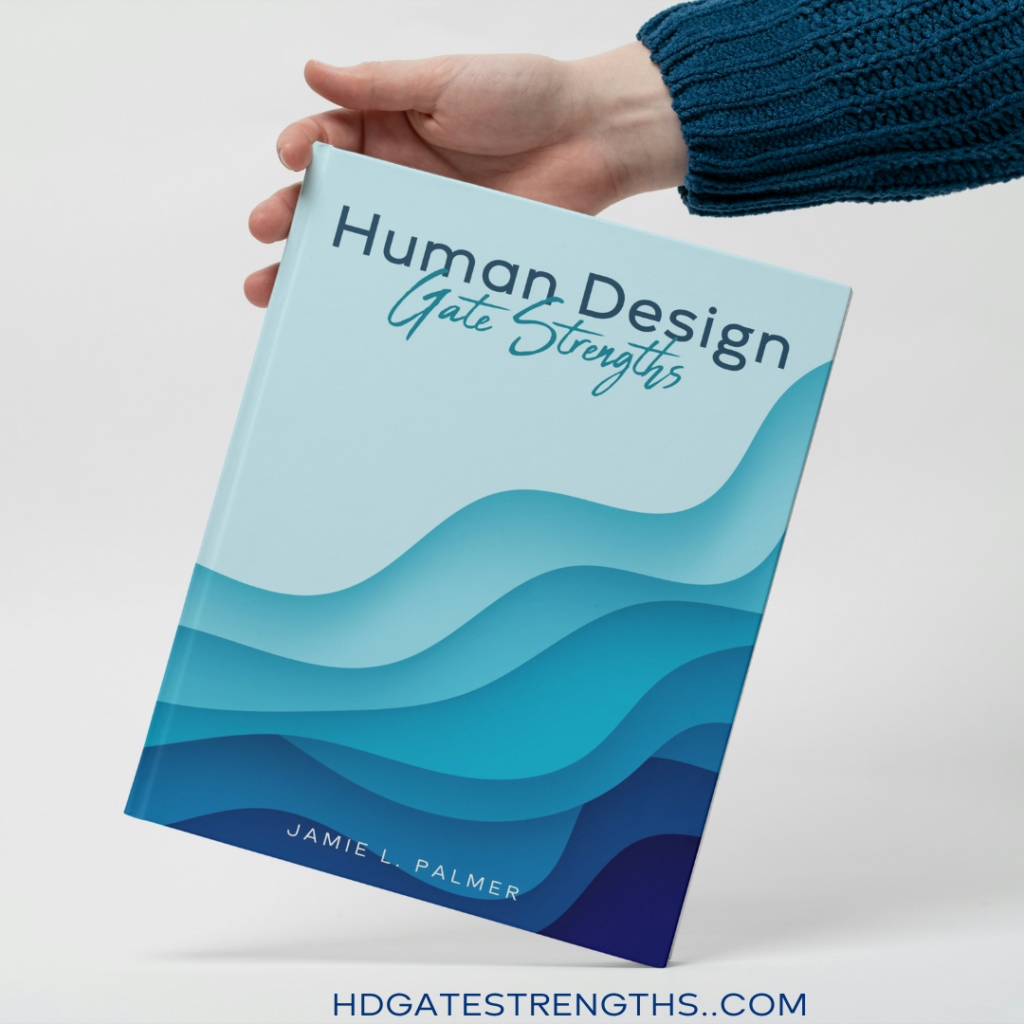
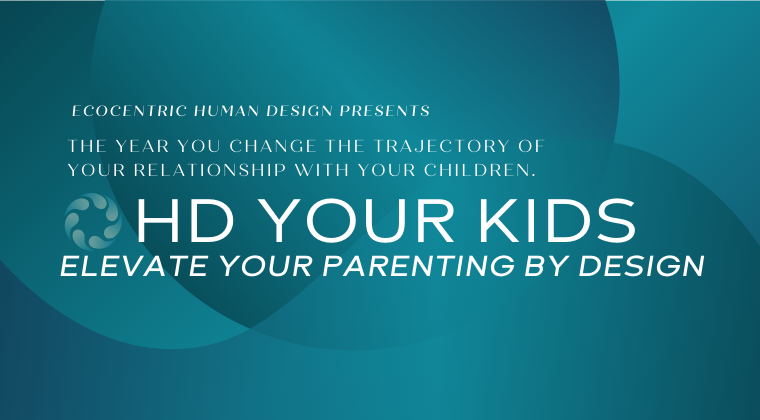
Recent Comments